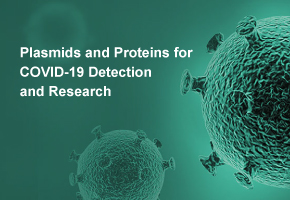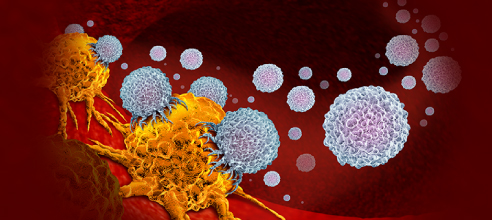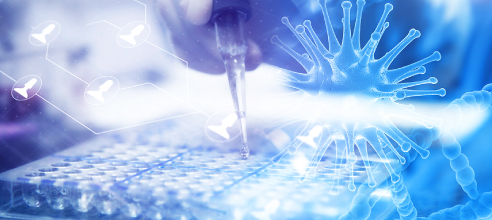Applications of Staudinger Ligation
As a representative of metal-free catalytic click reactions, staudinger ligation plays an important role in various complex biological systems. At present, Staudinger ligation has been widely used in biomarkers, target material delivery and so on.
Application in biomarkers
Phosphine and azide in staudinger ligation have bio-orthogonal characteristics. The chemical inertia of azide determines its molecular size and high stability under physiological conditions, making it very suitable for biological coupling and widely used for biomolecule labeling.
Staudinger ligation can be used in marking nucleic acid molecule such as RNA and DNA. For example, RNA is labeled with a fluorescent substance modified with an azide group, and the imaging of RNA in mammalian and bacterial cells is realized by templated stoodinger ligation. Staudinger ligation mediated glycan labeling provides a new possibility for realizing the visualization of glycans participating in various biological processes in the native environment and detecting intracellular interactions. Staudinger ligation doesn't affect phage viability, and enrichment could be easily achieved after ligation. Therefore, staudinger ligation can selectively modify protein without changing its function, and can be applied to produce highly uniform PEGylated proteins, and surface immobilized proteins.
Application in biosensors
Because the ester leaving groups generated in the staudinger ligation can be designed for specific biological applications, staudinger ligation is often used in fluorescent biosensors, providing a fast and convenient method to detect nucleic acids and small molecules.
For example, a reduction triggered fluorescent probe is used for the detection of oligonucleotides. The new fluorescent compound in the probe is a kind of rhodamine derivative, which is labeled on the DNA strand complementary to the target strand. The azide group in the probe can be connected with the TPP labeled on the other DNA strand by staudinger ligation. After the azide group is reduced, a fluorescent signal appears. The probe has been successfully applied to detect oligonucleotides at single nucleotide level in solution and endogenous RNA of bacterial cells.
- Like
- Reply
-
Share
About Us · User Accounts and Benefits · Privacy Policy · Management Center · FAQs
© 2025 MolecularCloud



